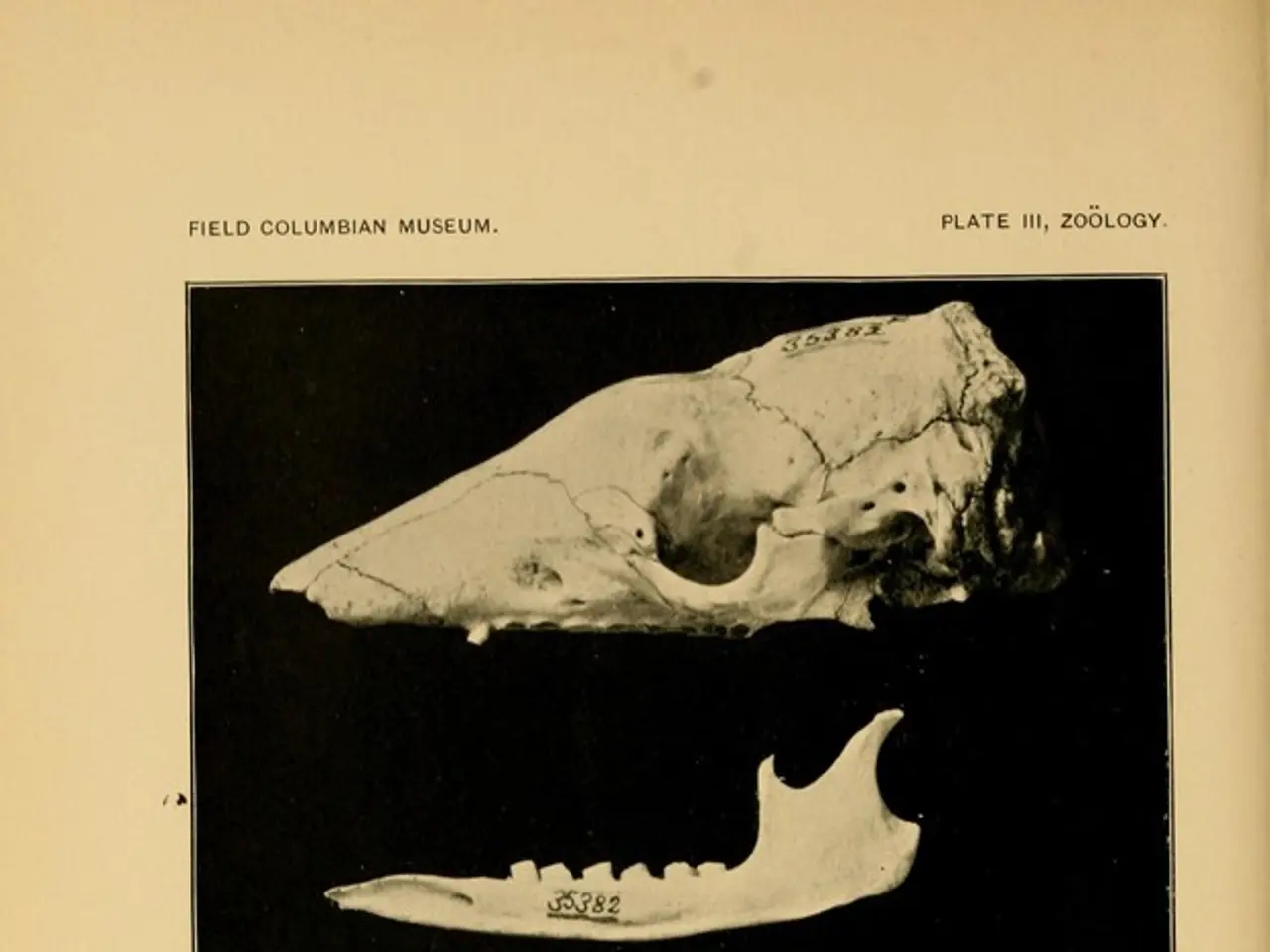Consequences of an Astronaut's Death in Zero Gravity
In the realm of space exploration, the safety and well-being of astronauts are of utmost importance. While the International Space Station (ISS) has a system for managing solid waste, NASA is also preparing for the challenges that come with managing an astronaut's death during high-risk missions like Artemis II, scheduled for a crewed spacecraft flight around the moon by late 2025, and future missions to Mars.
NASA's protocol for handling an astronaut's death is a multi-step process, prioritising crew safety, proper documentation, forensic investigation, and body management. These procedures are based on existing NASA standards, adapted for the mission environment.
First and foremost, the safety of surviving crew members is ensured by securing the environment to prevent further harm or threat related to the cause of death. The official pronouncement of death onboard is then made by a pre-designated crew member, which must be coordinated with mission control and documented in the mission’s official records.
Forensic investigation, if feasible, aims to collect samples for determining the cause of death. Containment and management of remains typically involve storing the body in the astronaut’s spacesuit or a special human remains containment unit designed for spaceflight.
Return of the body to Earth is facilitated when possible, either by spacecraft returning from orbit or during a scheduled return mission phase. For longer missions, such as those to Mars, protocols would have to address extended containment and possible on-site disposition procedures.
Missions like Artemis II and Mars expeditions involve longer durations and more isolated conditions, making the reliability of life support systems and habitat integrity crucial. NASA is continuously enhancing these systems for resilience and autonomous recovery to sustain crew health and mission success.
The psychological well-being of astronauts is also a key factor in space missions, especially in high-risk environments. The psychological toll on other astronauts is a significant concern, and NASA is taking steps to address this issue.
Space exploration is undeniably one of the dangerous activities humans engage in. A sudden medical emergency, catastrophic system failure, or trauma from space debris could potentially lead to a crew member's death. Tragic incidents like the Challenger space shuttle explosion in 1986 and Vladimir Komarov's death in 1967 serve as stark reminders of the risks associated with space travel.
Despite these risks, NASA remains committed to pushing the boundaries of human exploration. The Artemis II mission is a preparatory step for future crewed missions to the moon and beyond, and sending humans to Mars is a top priority. These ambitious plans will require extensive scientific and engineering efforts, but they also underscore NASA's long-standing safety culture and emphasis on learning from past human spaceflight tragedies and technical challenges.
In conclusion, NASA's protocol for handling an astronaut's death during space missions is designed to maintain crew safety, document and investigate the death as effectively as possible in space, contain and preserve remains, and facilitate return to Earth. Mission-specific adaptations for Artemis II and Mars flights will respect these principles but face additional challenges due to distance, duration, and limited rescue options.
The psychological well-being of astronauts, critical during space missions, is also being addressed by NASA as they consider the potential psychological toll on the crew following a tragic loss. To further ensure the success of ambitious missions like Artemis II and eventual Mars expeditions, NASA is focusing on enhancing life support systems and habitat integrity, while adapting their strict protocols for handling an astronaut's death to accommodate the unique challenges presented by extended duration missions in the realm of health-and-wellness and space-and-astronomy.




